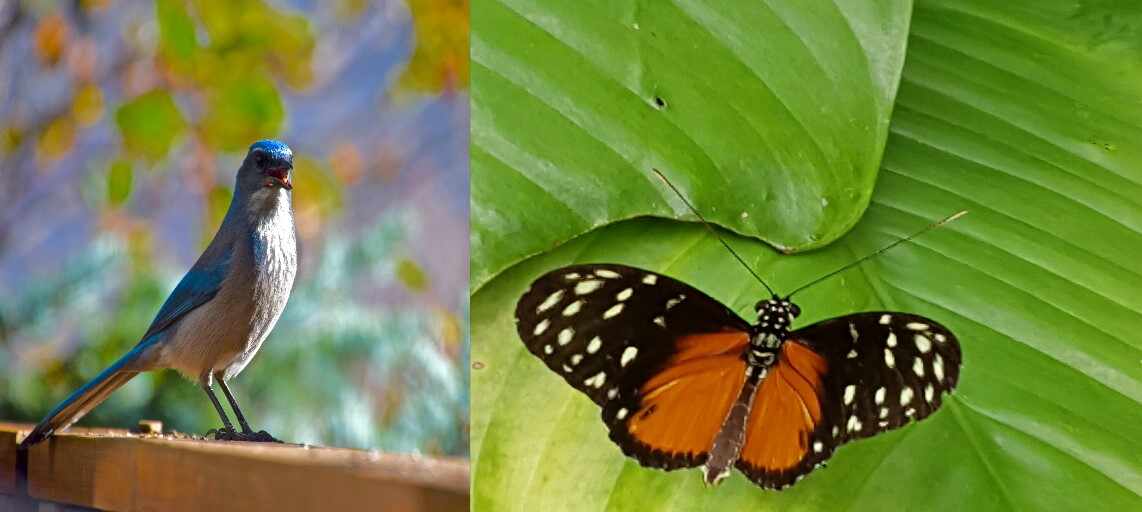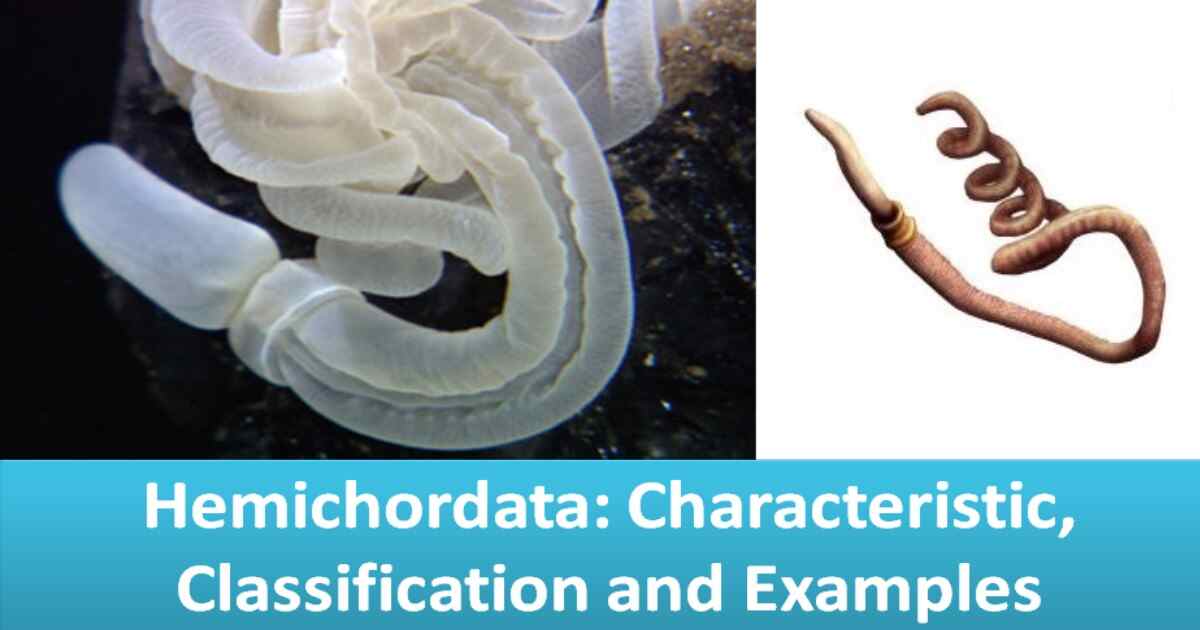Phylum Platyhelminthes: The phylum platyhelminthes, also known as flatworms, is a incredibly diverse group of invertebrate animals. With over 20,000 known species, but due to their small size and often cryptic lifestyles, the actual number of species is likely much higher. mostly parasites that live in other animals including man.
Flatworms are found in a wide variety of habitats around the world, from the deep sea to freshwater lakes and rivers, and even in moist soil. They can be free-living predators or scavengers, or parasitic, living on or inside other animals.
Characters of the phylum platyhelminthes
- They are organ system level of organisation.
- The flat worms are mostly parasites but some are free living e.g., Planaria.
- They are acoelomate, triploblastic, bilaterally symmetrical and dorsoventrally flattened animals.
- Body is not segmented except in class Cestoda (false segmentation).
- Body is covered with a cellular, syncytial one layered partly ciliated epidermis; while in parasitic trematodes and cestodes epidermis is lacking and the body is covered with cuticle.
- Exoskeleton and Endoskeleton are completely absent. However hooks, spines, suckers, teeths or thorns may be present which act as adhesive organs.
- The space between the body wall, alimentary canel and other organs is filled with a peculiar connective tissue, called the parenchyma. It helps in transportation of food materials.
- Digestive system is totally absent in tapeworms but in other flatworms (Trematoda and Tubellaria) it consists of mouth, pharyns and blind intestine (anus absent).
- Respiratory and circulatory systems are absent.
- Excretory system consists of single or paired protonephridia with flame cells.
- Nervous system is primitive. The main nervous system consists of a pair of cerebral ganglia or brain and one to three pairs of longitudinal nerve cords connected to each other by transverse commisures. This type of nervous system is called ladder type of nervous system e.g., Planaria (= Dugesia)
- Sense organs are common occurrence in Turbellaria but these are greatly reduced in parasitic forms.
- Sexes are united, i.e., hermaphrodite with very few exceptions like Schistosoma (Blood fluke) ‘Phylum Platyhelminthes’
- Asexual reproduction by fission occurs in many fresh water Turbellaria.
- In majority of forms, eggs are devoid of yolk but provided with special yolk cells and are covered by egg shell.
- Cross fertilization in trematodes and self-fertilization in cestodes is very common.
- Fertilization is internal. Development indirect.
- Life cycle complicated, involves one or more hosts.
- Regeneration. It is well marked in some flat worms like Planaria.
Phylum Platyhelminthes Classification
Class 1. Turbellaria
- These are mostly free-living flatworms found in both fresh and marine waters.
- The mouth is ventral and the pharyns is protrusible.
- There are 4500 species, most of which are marine.
- Most turbellarians are carnivores and prey on small invertebrates or protozoans or scavenge on dead animals.
- One pair of eyes is generally present.
- All turbellarians are hermaphrodite, having both female and male reproductive organs and fertilization is internal. ‘Phylum Platyhelminthes’
- They have a brain and central nervous system, a well-developed excretory system and a complex reproductive system.
- Regeneration is common in these worms.
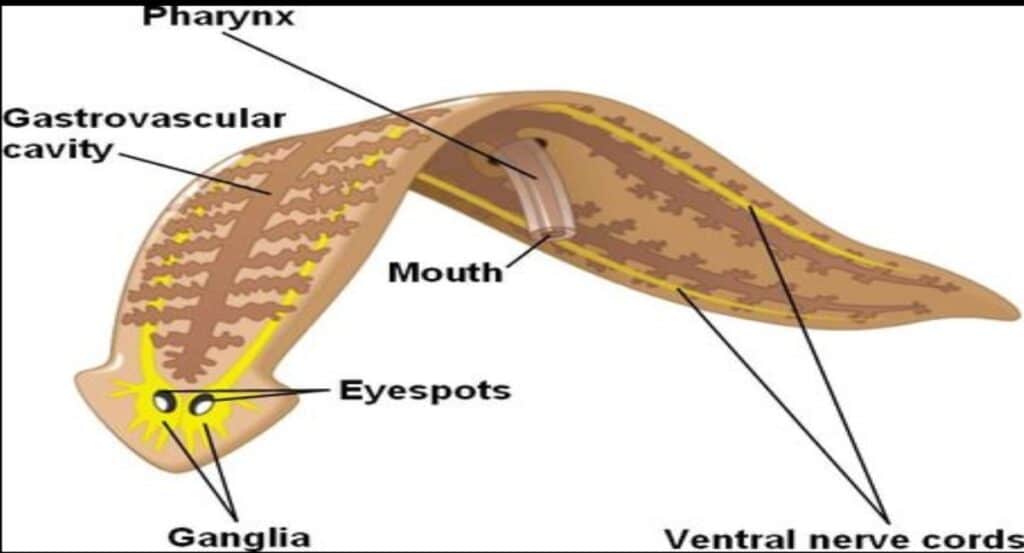
Examples: Dugesia (Planaria)., Leptoplana, Bipalium etc.
Class 2. Trematoda
- These are ecto or endoparasitic worms (flukes) devoid of epidermis and cilia.
- Body is unsegmented and covered with cuticle and bears one or more suckers
Mouth is anterior. ‘Phylum Platyhelminthes’ - They have suckers for attachment and the adults feed on the blood of host.
- They are mostly hermaphrodite but some unisexual forms are also found.
- There is present a single ovary but testes are two to many.
- Some flukes of this class have a complicated life cycle.
- Monogenean trematodes also parasitic flatworms, but they typically attach themselves to the external surfaces of their hosts, such as the gills of fish.
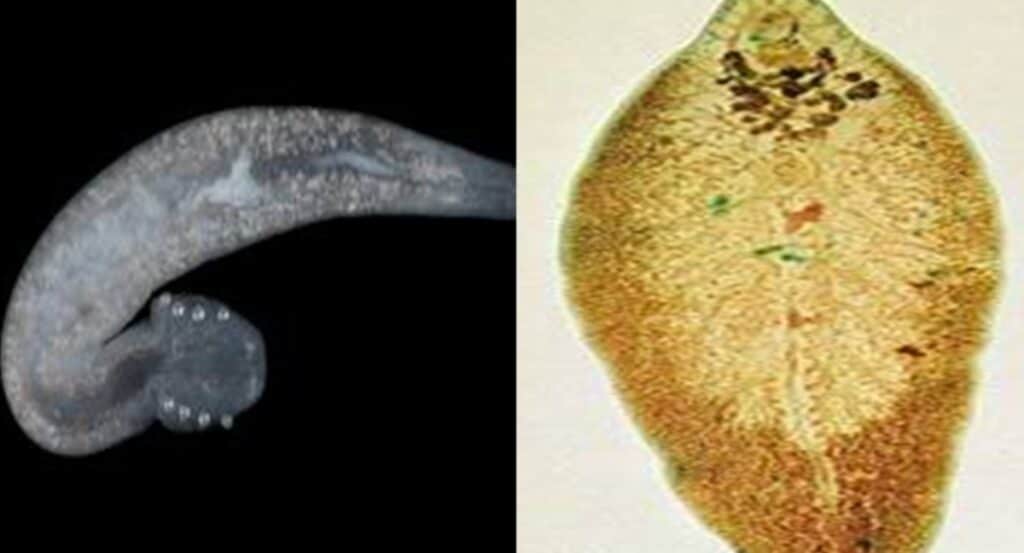
Examples:
Fasciola, Schistoma (blood fluke of man and other mammals), Polystomum (endoparasite of the urinary bladder of frog and turtle). Opisthorchis / Clonorchis sinensis is chinese liver fluke, Paragonimus – lung fluke. In Schistosoma – Redia and Metacercaria stages are absent. Fasciolopsis – The fluke occuring in human beings. ‘Phylum Platyhelminthes’
Class 3. Cestoda (Gk. kestos = girdle + eidos = form)
- These worms are endoparasitic in the alimentary canal (mostly intestine) of vertebrates.
- The body is covered with cuticle but devoid of epidermis and cilia.
- The body is generally divided into a few to many proglottids (not true segments).
- In some worms the anterior and is provided with adhesive structures like hooks and suckers.
- Mouth and alimentary canal are absent. ‘Phylum Platyhelminthes’
- Each proglottis has one to two sets of complete hermaphrodite reproductive organs.
- The life cycle is complicated and generally involves two are more hosts.
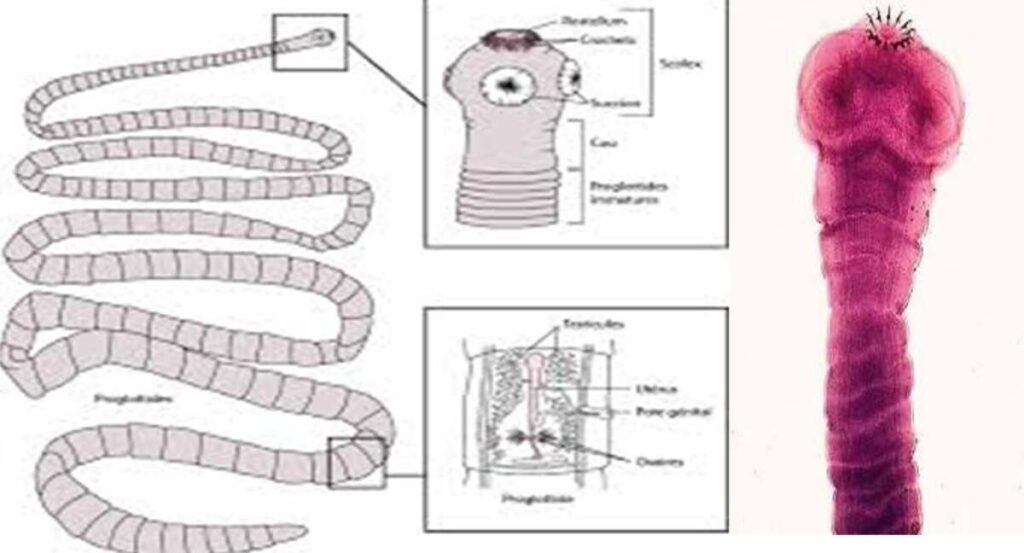
Examples:
Taenia (Tapeworm) Echinococcus (Dog tapeworm) it is the smallest tapeworm. Taenia saginata (Beef tapeworm).
Recent Discovery of Phulum Platyhelminthes
New species of flatworms are still being discovered all the time. This is due in part to the fact that many flatworms are very small and difficult to see with the naked eye. Additionally, many flatworms live in remote or difficult-to-study habitats. ‘Phylum Platyhelminthes’
Here are some recent discoveries of Platyhelminthes:
- In 2014, a new species of flatworm was discovered living in the Mariana Trench, the deepest part of the ocean. The new species, named Haloplanella mariana, is about the size of a sesame seed and is thought to be a predator of other small organisms in the trench.
- In 2015, a new species of tapeworm was discovered living in the intestines of elephants. The new species, named Elephant tapeworm, is the largest tapeworm ever discovered and can grow to be up to 30 meters long.
The study of Platyhelminthes is important for a number of reasons. First, flatworms can be important parasites of humans and other animals. Understanding the diversity of flatworms is essential for developing new treatments for parasitic infections. Second, flatworms can be used as model organisms for studying a variety of biological processes, such as regeneration and development. Finally, flatworms are an important part of the marine and freshwater food webs. Understanding the diversity of flatworms is important for understanding the health of these ecosystems.



